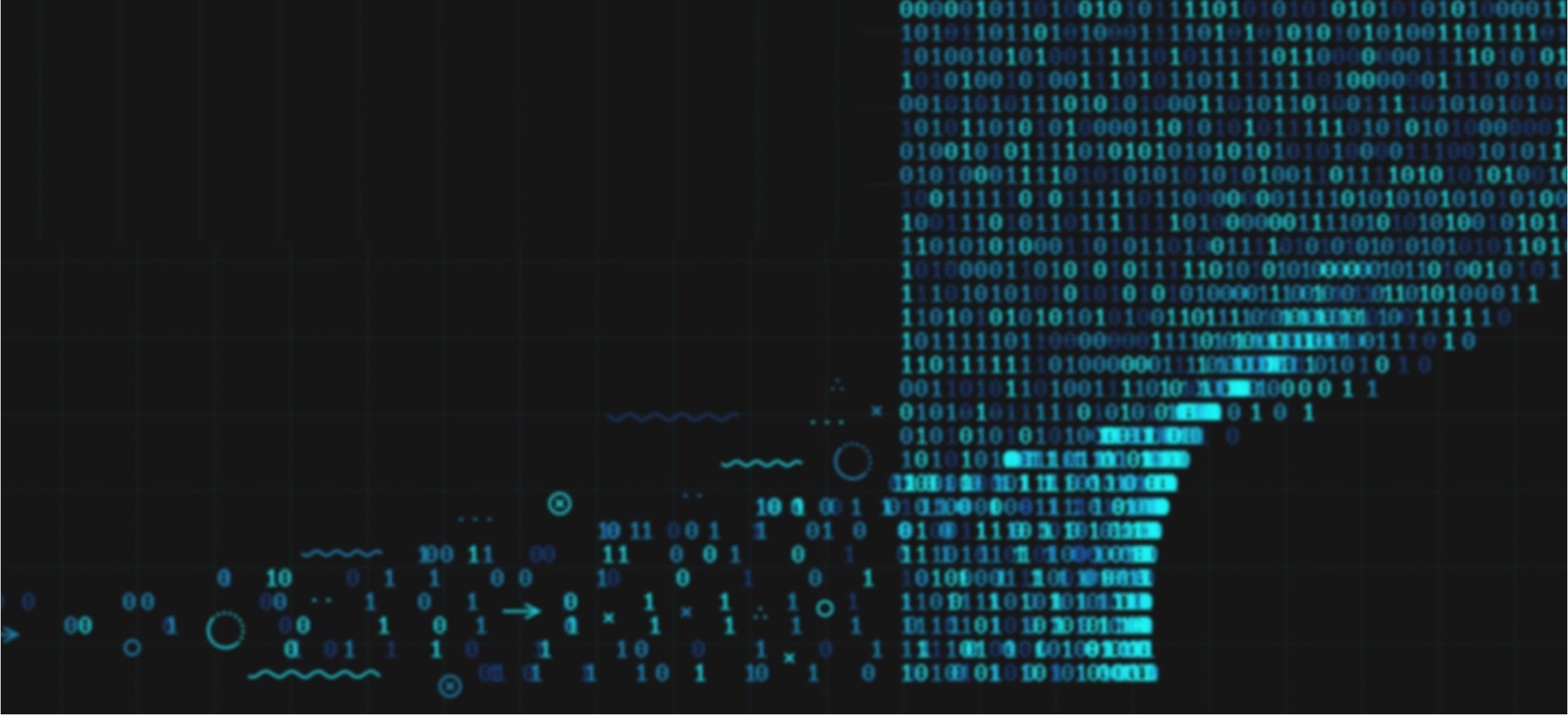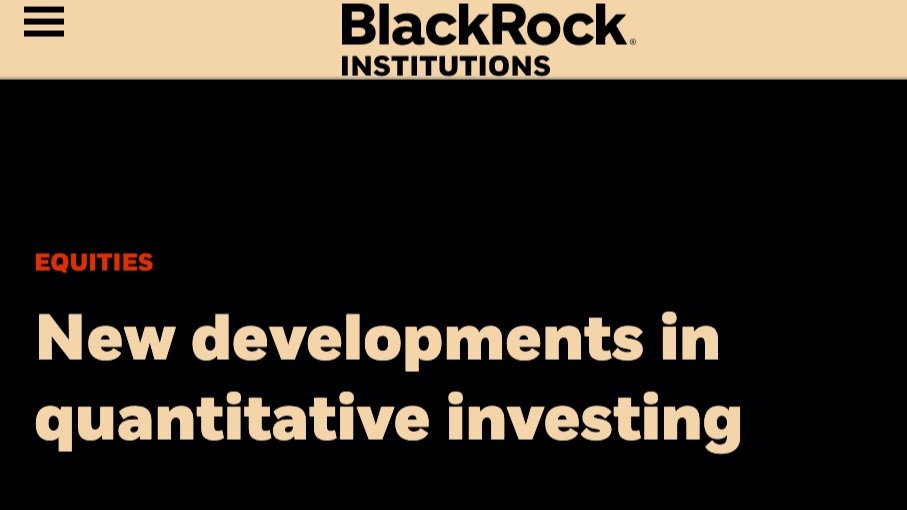
MANUKA MANAGEMENT INC
First class quantitative research and technology, where extraordinary minds meet through data science.
+16% annualised net return from over 160,000 trades on these exchanges …. read more

our philosophy
Consistent, Market Neutral, Outperform

global footprint
12 global markets with deep liquidity
S&P
Nasdaq
gold
hsi
FTSE
Silver
natural gas
WTI crude
platinum
heating oil
gasoline
copper
ALGO-ON-ALGO strategy ALLOCATOR
Momentum
Intraday
Orderbook
Trend Follow
Macro
Events
Large Cap
Over 50 systematic signals monitored and over 100 strategies across diverse markets
Trading Heatmap
Sample A
Trading Heatmap
SAMPLE B
Key Statistics
quant trades completed
160,000
trades per day (avg.)
100+
winning quarters
(last 4 years)
90%
CORRELATION TO MARKET
<0.1
winning years
100%
annualised return
16%

data science is about the people behind
you & us
IF you are INTERESTED IN quantitative FINANCE, HAS A CREATIVE MINDSET, AND WANTS to develop new algorithmIC ideas. GET IN TOUCH,

be part of our journey of discovery
FIRST CLASS CULTURE
At Manuka , we apply machine learning principles to develop our in-house ‘market optimiser' that selects trading strategies from our depository of algorithms developed by quantitative researchers like yourself. Each algorithm is vigorously tested and rebalanced over time to manage risks.
When you read about Chat GPT, did you wonder if it could read the stock market too?
Welcome to our world! We are here to make your maths work, literally! Bring your ideas to us and together we will test, develop, innovate.
“
be part of our journey of discovery
FIRST CLASS CULTURE
Collaborate with our first class team of PhDs and data scientists to unravel the black-box of quantitative trading.
Sincerely,

Step up to a new frontier
FAMILY OFFICES
Our technology and strategies are highly scalable. We have collaborated with large multi family offices to set up segregated portfolios and alternative investment portfolios catered to its requirements.
Manuka QUANT fund
Our flagship multi-strategy quant fund with a 7-year track record. We invests in global equities, energy and commodity futures, credit and event driven strategies. Our consistent track record showcase the benefits of our unemotional, data driven approach.
RESEARCH COLLABORATIVE
We take a collaborative approach to researching the new frontiers of quantitative finance and alternative data, where computers are set to be the new traders. Bring your ideas to us and share the success together.
Quantitative Strategy Outlook
We are curious about all things quantitative, and love to share our readings from industry observers
Quant Strategy
Outlook
We love to share our learnings from industry observers
more articles

bees use unique flight patterns as a signal to each other to locate the Manuka tree in the forest, producing a nutritious healthy food for a new generation.

welcome
Frequently asked Questions
-
Quant trading uses computer algorithms to identify trading opportunities. The process of designing algorithms usually involves back testing, and more recently the advance of machine learning and deep learning models has made new areas possible (e.g. social sentiment analysis). The algorithms can then be written into APIs connected to trading platforms. (e.g. Interactive Brokers), this allows trades to be executed automatically during the day.
Although it is computer driven, the ongoing success of quant strategies require constant rebalancing of algorithms to manage changing risks and market conditions. Quant traders often comes from a computer science or maths background, with a strong understanding of finance.
-
At Manuka & Co, we have developed our own ‘market optimizer’ that uses an algo-on-algo approach to re-assign weighting of our strategies according to market characteristics.
Although we track over 60 signals, our team has deliberately kept each individual algo to contain only a few signals. This carries two benefits: i) prevents over-fitting and inter-correlation between algorithms; and ii) this approach enables us to clearly identify what is or is not working and take small corrective steps in our weekly review. When it comes to managing risks, simpler is better.
-
The short and simple answer is NO. We focus on traditional markets with a long history of data available.
-
The so called ‘tail-risk’ relates to one-off events (e.g. outbreak of a pandemic, or war) that causes irrational behavior. Whilst such events are out-of-model, it is possible to have checks and balances in place to mitigate its impact.
During our own track record, we have experienced the second largest point drop in S&P history, and the biggest ever drop in WTI crude (to negative prices). In those times, we took steps to reduce trading frequency, tightened the stop loss limits and placed more emphasis on hedged bets. With this mindset we have outperformed global markets in the last several downturns and tail risk events.
-
‘Market neutral’ generally means a portfolio that generates returns that are uncorrelated to the market. Most commonly this involves long short strategies that aims to produce positive returns in both up and down markets.
At Manuka & Co, we have kept the correlation of our returns with major indices including S&P and HSI to less than 0.1. This is a reflection of the diversified set of strategies and markets we trade in, and the efforts placed by our researchers to ensure a lot inter-correlation between algorithms.
-
Our worst yearly net return (after fees) was +3% in 2018. We still outperformed the markets, with S&P down -6% and MSCI China -14% in the same period)
Our worst quarterly net return was -4% in 1Q 2020, when the Covid spread caused a global sell off when many global markets were down by over 20% in the same period
Our maximum drawdown in the last 6 years was -9%. This compares favorably to S&P (-25%) and HSI (-47%). ‘Maximum Drawdown’ measures the ‘peak-to-trough’ drop
What is Maximum Drawdown?
if Amazon share price started at 100 in Jan 2020, went up to 106 in Feb, dropped to 89 in March, then fluctuated back and forth between 95 and 100 before going back up to 106 again in April 2020. Then the maximum drawdown of Amazon in that three-month period is the drop from 106 to 89 (or 16%).
-
No, we are not in HFT.
We trade approximately 100 times a day. In 6 years we completed over 130,000 trades on a dozen Exchanges. Our trading turnover exceeds US$1 billion a year
Whilst this may sound like a lot, we are no where near HFT, which can be executing 100 trades in a minute.
-
The advance of artificial intelligence techniques such as machine learning, deep learning and natural language processing are expanding the possibilities of quantitative finance. Researchers at Man Institute has been able to predict the stock market for short period (seconds intervals).
AI computers are able to identify multi-dimensional, non-linear relationships that are not obvious to the human eye. This changes the scope of possible quantitative strategies.
-
We would love to hear from you and we are hear to share our domain knowledge in finance. If you are studying a PhD in science related subject from a top university (e.g. computer science, neuro science, mathematics, statistics), and you love to play with numbers and charts, then chances are you have the potential to be a good quantitative researcher.
We can start with a zoom call or a quick coffee if you are nearby!
-
We are a small, creative and nimble set up and always open to new ideas. We have collaborated in the past with experienced quant researchers on an advisory basis. We can also work together to build out new ideas and share the alpha.
Let us know what you are thinking over coffee or zoom
For any other enquiries, please contact ir@manuka.capital























